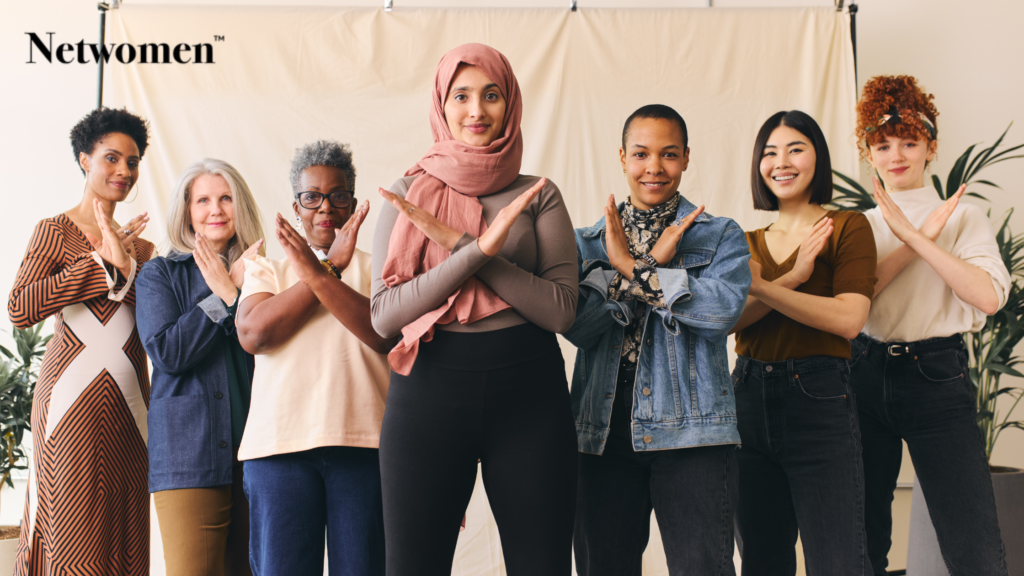Creating a Pipeline for Female Leaders: Best Practices for Organisations
In today’s rapidly evolving business landscape, fostering diversity and inclusion is not just a moral imperative but a strategic necessity. Developing a robust pipeline for

In today’s interconnected world, fostering diversity, equity, and inclusion is a paramount goal for individuals and organisations alike. However, the journey towards true inclusivity faces a significant obstacle—microaggressions and unconscious bias. These subtle, often unintentional acts can perpetuate discrimination, hindering progress in both personal and professional spheres. This article aims to raise awareness about these issues and provide practical strategies to address and eliminate unconscious bias, creating environments where everyone feels valued and respected.
Understanding Microaggressions:
Microaggressions are subtle, everyday verbal or non-verbal slights, often rooted in stereotypes, that communicate derogatory or negative messages to individuals based on their marginalised identities. These seemingly innocuous comments or actions can accumulate over time, creating a hostile and unwelcoming environment. Recognising microaggressions is the first step in dismantling their impact. This requires self-reflection, education, and an openness to understanding the diverse experiences of others.
Unpacking Unconscious Bias:
Unconscious bias refers to the automatic and unintentional mental associations people make about others based on characteristics such as race, gender, age, or socio-economic status. These biases influence decision-making processes, leading to unintentional discrimination. Acknowledging that everyone possesses biases is crucial in addressing them. It’s not about blame but about fostering an environment where biases can be openly discussed and mitigated.
Strategies to Address and Eliminate Unconscious Bias:
Addressing microaggressions and unconscious bias requires a collective commitment to change. By raising awareness, fostering education, and implementing proactive strategies, individuals and organisations can contribute to creating truly inclusive spaces. The journey towards a bias-free environment is ongoing, but every step taken brings us closer to a world where diversity is celebrated, and everyone is treated with dignity and respect.
Contact Netwomen to for more understanding or find out how we can help: https://www.netwomen.us/

Want to chat? hello@bypinky.com. If you want to Create your Killer Mindset click here to book a free 30-minute discovery session online.
In today’s rapidly evolving business landscape, fostering diversity and inclusion is not just a moral imperative but a strategic necessity. Developing a robust pipeline for

We’re in a business world these days that’s going so fast, it’s like we’re supercharging ahead, but, burnout has become a critical issue, particularly affecting

These days, when it comes to business, fostering an inclusive culture isn’t just a moral imperative; it’s also a strategic advantage. According to a 2020
© netwomen.co | Netwomen TM